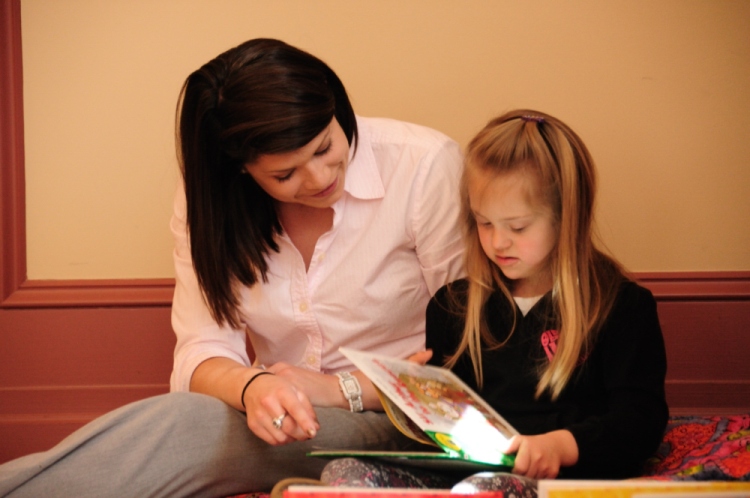 We often discuss reading achievement in terms of grade level, but we rarely acknowledge how imprecise the term “grade level” is. What exactly does it mean? How are “grade level” skills determined? In fact, there are no universally accepted criteria for establishing grade level reading skills and there are at least two good reasons to avoid using grade level to measure reading achievement.
We often discuss reading achievement in terms of grade level, but we rarely acknowledge how imprecise the term “grade level” is. What exactly does it mean? How are “grade level” skills determined? In fact, there are no universally accepted criteria for establishing grade level reading skills and there are at least two good reasons to avoid using grade level to measure reading achievement.
First, schools differ in their approach to reading instruction as well as the timetable by which children are expected to master certain skills. A kindergarten-level skill in one state might be considered a first grade skill in another state. The adoption of the national Common Core Standards will provide some uniformity in grade level expectations, but I don’t think it will ever be possible to provide a definitive answer to the question, “what grade level is my child’s reading?”
Second, there are many facets of literacy and these skills often develop unevenly for students with disabilities. For example, a child may have mastered the expected phonics skills for his grade level, but be far behind in fluency. To complicate matters further, reading assessments and curricula are not uniform in determining reading grade level, which is evident when you see how many Reading Correlational Charts are out there.
Instead of focusing on grade level, it may be more helpful to look at the specific skills a child has mastered and compare that information to the curriculum expectations or standards in the child’s district. Then, the team can design interventions that meet the child’s individual literacy needs. Here are some tips to start this process:
- Find out what curriculum standards your school district uses to guide reading instruction. Information on standards is usually available on the website of your State Department of Education. For example, here are the grade level standards from the Connecticut State Department of Education website. Connecticut is one of the states adopting the Common Core Standards. You can find out if your state has adopted the Common Core Standards by clicking here. Many states have developed “crosswalk” documents that show how the Common Core Standards intersect with existing state standards. Here is a link to Connecticut’s “crosswalk” document for kindergarten English Language Arts (ELA).
- Check your school or district website for information on the reading curriculum used. If your child’s teacher has a web page, there may be information on the scope and sequence of reading instruction (for example, “this week, we will learn about magic-e”). Many district websites also include links to standards as well as information about resources for parents to reinforce literacy skills at home.
- If you are unsure of what reading skills your child has mastered, you may want to request a literacy assessment. Here is a great article on early reading assessment from the Reading Rockets website.
- Review your child’s IEP. Are the reading goals consistent with the district’s literacy standards? Do you understand the goals and objectives? The language of literacy is full of jargon that is not in most parents’ everyday vocabulary. Don’t be hesitant to ask for clarification to be sure you have a full understanding of your child’s reading instruction and development.
After you collect this information, it may be helpful to create a chart like the one below to see where your child’s skills are in relation to grade level standards. This will help to pinpoint areas in need of intervention or support.
READING STANDARD CHILD’S SKILL LEVEL INSTRUCTIONAL NEED
| Follow words from left to right, top to bottom, and page by page. | mastered | N/A |
| Recognize and name all upper- and lowercase letters of the alphabet. | mastered | N/A |
| Isolate and pronounce the initial, medial vowel, and final sounds in consonant-vowel-consonant (C-V-C) words | Can match words with the same initial consonant | Isolating middle vowel and final consonant in C-V-C words |
| Demonstrate basic knowledge of letter-sound correspondences by producing the primary or most frequent sound for each consonant. | Knows the sounds for most consonants except g, s, v, w, and z. Often confuses /b/ and /d/ | Letter sound correspondence for sounds not mastered. Reinforce /b/ and /d/ |
| Associate the long and short sounds with letters for the five major vowels. | Knows short vowels only | Long vowel sounds |
| Read common high-frequency words by sight | Knows 8/10 words on list | Mastering all words on list |
2 thoughts on “Is my child reading on grade level?”